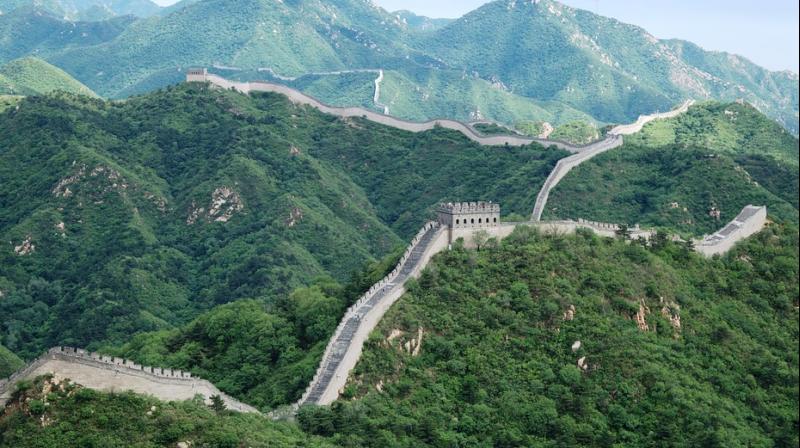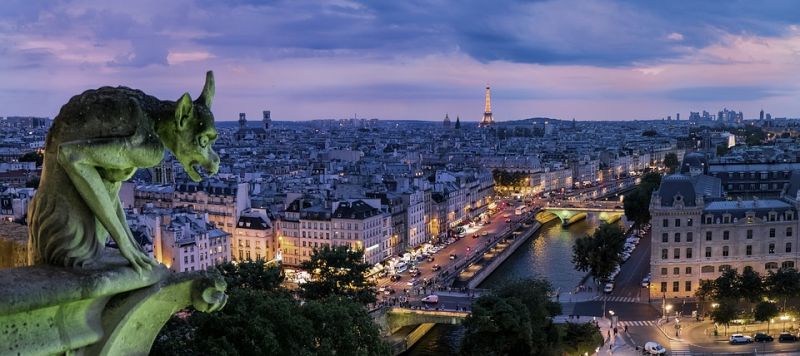Must visit UNESCO World Heritage Sites

New Delhi: UNESCO World Heritage Day is observed each year on April 18. It is celebrated to promote cultural heritage across the globe. A world heritage site can either be natural or man-made. The sites are accorded the status if they need special protection or are of international importance.
The countries with the most number of world heritage sites are Italy (54), China (53), Spain (47), Germany (44) and France (44). This year, add five of these exotic destinations to your international travel bucket list, suggests News18.
The Great Wall of China
The longest wall in the world has fascinated people from all around the world. Built by the Qin Dynasty, it was originally built to protect the province from invaders in the 12th century. It was extended further under the Ming Era, in the 14th century. The Wall spans over 21,196 kilometres of forests and mountains. This architectural wonder houses horse tracks, fortresses, watch towers and passes.
Colosseum
 Colosseum (Photo: Pixabay)
Colosseum (Photo: Pixabay)
The Colosseum in Rome is the world’s largest amphitheatre built in 70-80AD. It is the most recognisable of Italy’s 54 world heritage sites. The Colosseum was a symbol of Imperial Rome’s glory. Gladiatorial contests, public spectacles, re-enactments of battles and classical dramas were often held in the amphitheatre. Despite being damaged by earthquakes, it remains one of the world’s most imposing structures.
The Great Pyramid of Giza
 The Great Pyramid of Giza (Photo: Pixabay)
The Great Pyramid of Giza (Photo: Pixabay)
The pyramid in Giza is the oldest and largest pyramid in Egypt. It was built as a tomb for the Fourth Dynasty Egyptian pharaoh Khufu. Its construction was completed in 2560 BC. Nearby, there three smaller pyramids for Khufu’s wives. At 146.5 meters (481 feet), the Giza pyramid was the tallest man-made structure for 3000 years before losing the record to Lincoln Cathedral in 1311 AD.
Acropolis
 Acropolis (Photo: Pixabay)
Acropolis (Photo: Pixabay)
The Acropolis sits atop of a hill overlooking the ancient city of Athens. It houses several buildings of architectural and historical importance, the most significant of them being the Parthenon. It is believed to have been built in the 5th century. It was built to commemorate the victory against the Persians and the establishment of democracy. This heritage site is a universal symbol of Greek civilisation and spirit.
Banks of the Seine
 Banks of the Seine (Photo: Pixabay)
Banks of the Seine (Photo: Pixabay)
The Seine River in Paris is surrounded by historically significant buildings. Starting from the Louvre and the Eiffel Tower, till the Place de la Concorde to the Grand and Petit Palais, the entire riverbank documents the evolution of Paris. The city planning was done by Georges-Eugène Haussmann, who incorporated wide squares and boulevards in the city.

